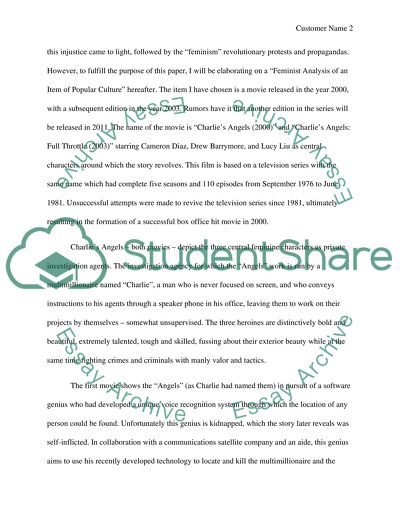Cite this document
(“A femnist Analysis of an Item of Popular culture Research Paper”, n.d.)
Retrieved from https://studentshare.org/gender-sexual-studies/1436614-a-femnist-analysis-of-an-item-of-popular-culture
Retrieved from https://studentshare.org/gender-sexual-studies/1436614-a-femnist-analysis-of-an-item-of-popular-culture
(A Femnist Analysis of an Item of Popular Culture Research Paper)
https://studentshare.org/gender-sexual-studies/1436614-a-femnist-analysis-of-an-item-of-popular-culture.
https://studentshare.org/gender-sexual-studies/1436614-a-femnist-analysis-of-an-item-of-popular-culture.
“A Femnist Analysis of an Item of Popular Culture Research Paper”, n.d. https://studentshare.org/gender-sexual-studies/1436614-a-femnist-analysis-of-an-item-of-popular-culture.


